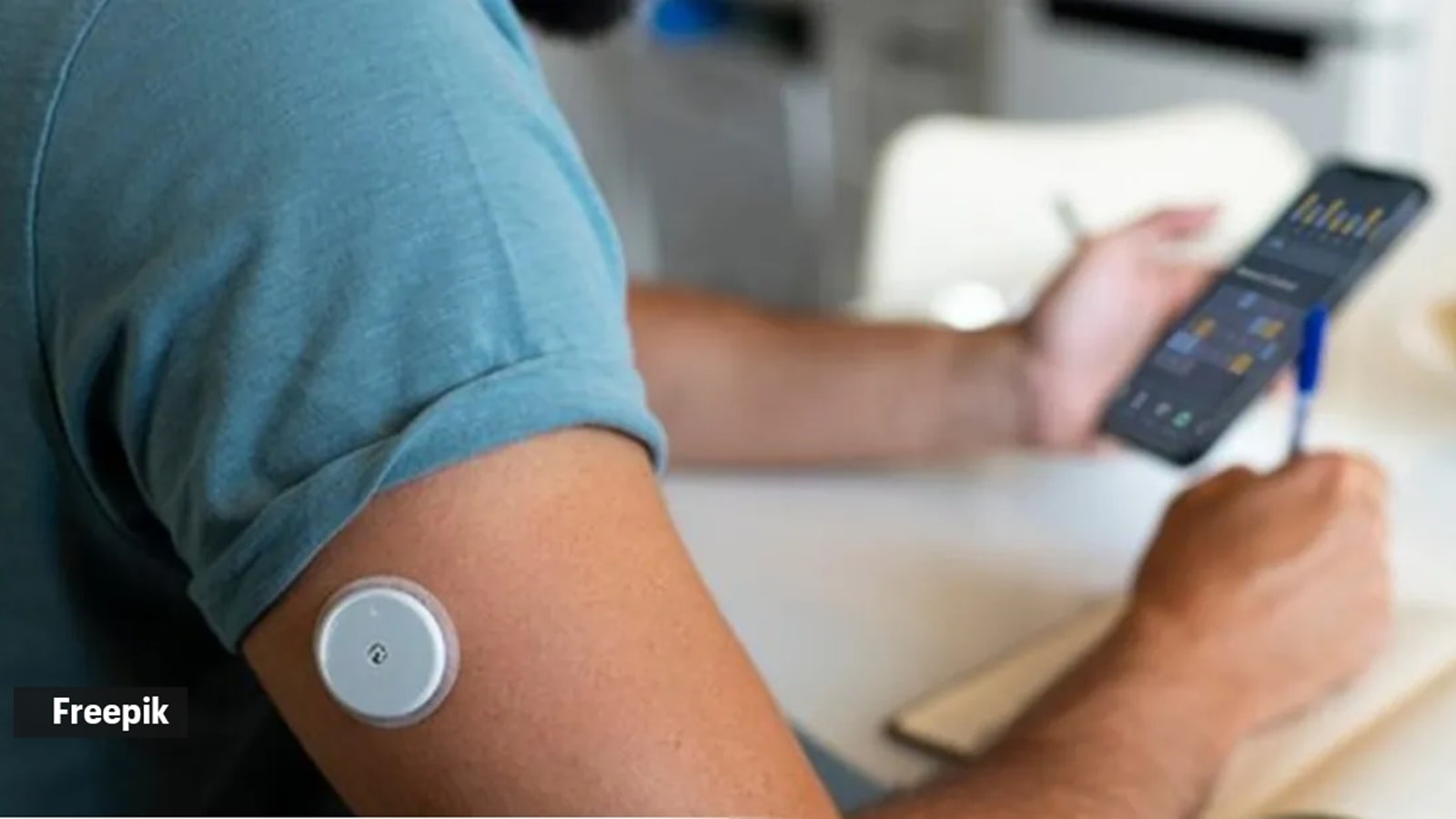As part of broader efforts to increase inclusivity, Mattel recently introduced its first Barbie doll representing a person with Type 1 diabetes. In an announcement, Mattel said the idea was to design a doll that “truly captures the community” with accessories that “accurately reflect the medical equipment” people with Type 1 diabetes may need.
The new Barbie doll has a continuous glucose monitor (CGM), a device that tracks blood sugar levels, on her arm — while holding a phone displaying an accompanying app. She also has an insulin pump attached to her waist. The doll also comes with a blue purse that can be used to carry other essential supplies or snacks, as reported by PTI.
Taking a cue from the California-based toy maker’s efforts to create awareness about children with type 1 diabetes, we turned to experts to learn more about how blood sugar management is a growing concern and is essential to prevent the condition.
Dr Rajiv Kovil, head of diabetology, Zandra Healthcare, and co-founder, Rang De Neela Initiative, said type 1 diabetes (T1D) in India presents a growing challenge, primarily due to the high rates of uncontrolled blood sugar among patients. “Unlike type 2 diabetes, T1D typically affects children and young adults who are insulin-dependent for life. Despite the availability of insulin, a large proportion of people with T1D in India struggle to maintain glycemic control. This is due to several factors, including limited awareness, lack of structured diabetes education, financial constraints, and inadequate access to advanced diabetes technologies like insulin pumps or continuous glucose monitors (CGMs),” Dr Kovil noted.
Type 1 diabetes is an autoimmune condition in which the body’s immune system mistakenly attacks and destroys the insulin-producing cells in the pancreas. “Since insulin plays a vital role in regulating blood sugar levels, the absence or extremely low levels of insulin lead to a buildup of glucose in the blood, resulting in type 1 diabetes. This condition is typically diagnosed in children and younger adults,” said Dr Narander Singla, lead consultant, internal medicine, CK Birla Hospital®, Delhi.
According to Dr Kovil, many patients rely on outdated insulin regimens or irregular blood sugar testing, which leads to frequent episodes of both hypoglycemia and hyperglycemia. “These fluctuations increase the risk of long-term complications like kidney failure, vision loss, and heart disease. Social stigma and emotional stress further compound the burden, especially for young individuals managing a lifelong illness with little support,” said Dr Kovil.
For individuals with T1D, Dr Singla emphasised the importance of understanding the close relationship between diet, insulin, and blood sugar levels. “Regular monitoring of blood glucose is necessary to adjust insulin doses appropriately. Since the pancreas cannot produce insulin in this condition, insulin therapy is essential and cannot be replaced by oral medications,” said Dr Singla.
Story continues below this ad
Unstable sugar levels can affect mood, focus, sleep, and overall quality of life, said Dr Rituja Ugalmugle, consultant, internal medicine, Wockhardt Hospitals, Mumbai Central. “Many children feel tired, irritable, or mentally foggy without realising that fluctuating glucose might be the cause. Timely diagnosis and ongoing management are essential. Regular monitoring, balanced meals, physical activity, and medication if necessary can help keep blood sugar within a healthy range. In fact, early intervention can prevent complications altogether or significantly slow their progression,” said Dr Ugalmugle.
Additionally, managing stress through relaxation techniques such as yoga or meditation can help prevent blood sugar spikes, Dr Singla said. “Routine medical check-ups are equally important for monitoring overall health and making any necessary adjustments to treatment,” said Dr Singla.
 Here’s what to consider (Photo: Freepik)
Here’s what to consider (Photo: Freepik)
What more?
Dr Kovil also rued that the healthcare infrastructure in India is “still not fully equipped to offer specialised care for T1D”.
Story continues below this ad
“Multidisciplinary clinics, trained educators, and digital monitoring remain concentrated in urban centers, leaving rural populations underserved. Addressing this crisis requires policy-level focus, public awareness campaigns, affordable access to insulin and technology, and most importantly, compassionate care tailored to young lives living with T1D,” said Dr Kovil.
DISCLAIMER: This article is based on information from the public domain and/or the experts we spoke to. Always consult your health practitioner before starting any routine.

